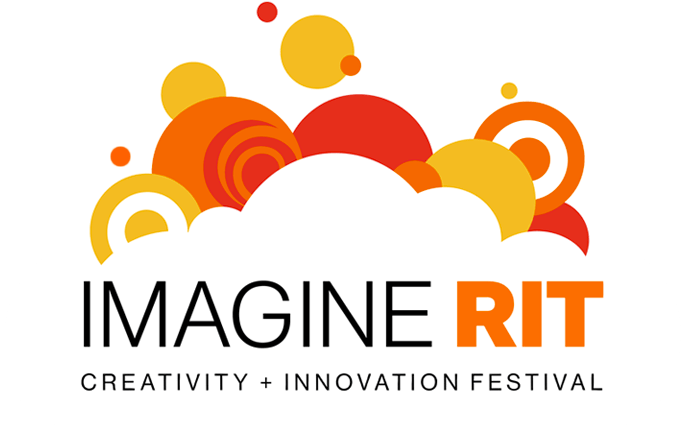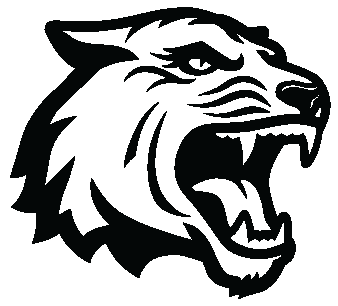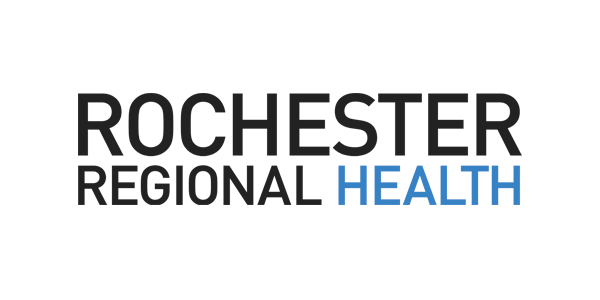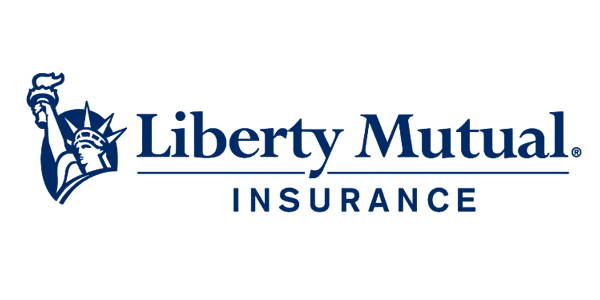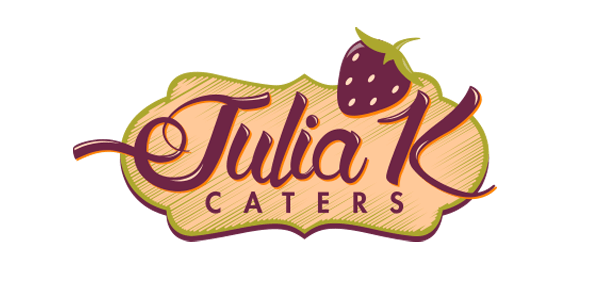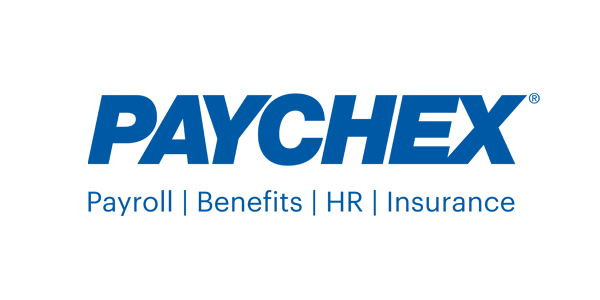A Dynamic Universe: Our Past, Present, and Future
In our 2025 ImagineRIT exhibit, the department of Astrophysical Sciences and Technology welcomes visitors to experience and celebrate the past, present, and future of our dynamic universe. Eventgoers are invited to engage with astronomy via a multitude of interactive and informative booths and demonstrations. We will cover many aspects of this very broad science; from the evolution of galaxies from the distant past to our present, to the solar activity that makes the northern lights visible in Rochester from time to time, to what happens when stars explode, and beyond. Below we describe our exhibits in more detail: Evolution of galaxies: Visitors will watch a remote-controlled car speed through the history of a galaxy in our universe. This exhibit will explore how galaxies grew and formed in the distant past and got to where they are today. Constellations: The night sky is full of star patterns! Participants will learn about the history and cultural connections of the constellations while creating some on a push-pin board. Participants will see how the constellations change over time (due to the motion of stars in the sky) and how these patterns have varied across cultures around the world, as well as how to identify those seen in the skies of Rochester! Gravitational Waves: Visitors will witness how gravitational waves are formed and emitted by mergers of some of the most extreme, dense objects in our universe. They will be invited to interact with a “gravity table” demonstration to see how these waves travel outward and may experience one of these catastrophic events in a computer-game style experience! Solar activity: Recently, the northern lights have lit up the skies of Rochester on a few occasions. We invite the public to learn about how activity on the Sun leads to these, and participants will be invited to create their own auroral artwork! Accessibility in Astronomy: Traditionally, astronomy has been a field highly tied to visual understanding of the universe. In this exhibit, we highlight some new approaches to astronomical data that visitors can engage with, including how astronomical images can be turned into sound, or 3D printed in a way that allows one to “feel” space! Supernovae: Some stars in our universe die very explosively. At this booth visitors will learn about how and why these explosions come to be, via an interactive bubble demonstration! Model Telescopes: The field of astronomy we learn about the universe through many different observatories. Visitors to this exhibit will see models of the “tools of the trade” and the various science questions that they each helped probe. Astro-Trivia: Show your knowledge of space and astronomy and win small prizes!
Topics
Exhibitor
Ryan Butler
Sophia Sosa Fiscella
Allen Wen
Taylor Paul
DJ Klyde
Audrey Dunn
Jeyhan Kartaltepe
Ben Ramsey
Kaila Nathaniel
Ryan Wills
Vitalia Conners
Andrew Robinson
Noah Manning
Edwin Alexani
njm4071
Thresa Kelly
Anika Kumar
Aarati Nandre
Alex Kiely
Manasa Lakshmi Narasimhan
zar9089
Natalie Malagon
Zainab Mangi
Dylan Filosa
Maria Chiara de Simone
Katrina McMaster
Priti Finavia
Michael Richmond
Liza Matrecito
Fenix Lopez
Cass Wernle
bjv7945
Advisor(s)
Dr. Andrew Robinson
Organization
Affiliated directly with the Astrophysical Sciences and Technology program.
Thank you to all of our sponsors!
